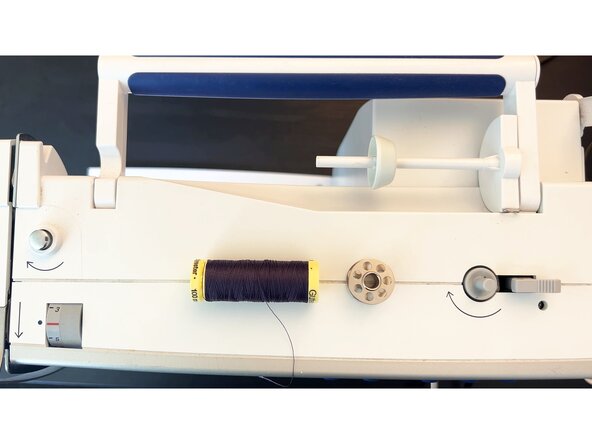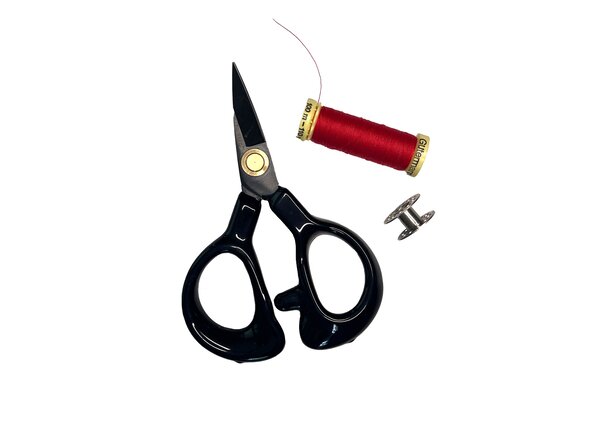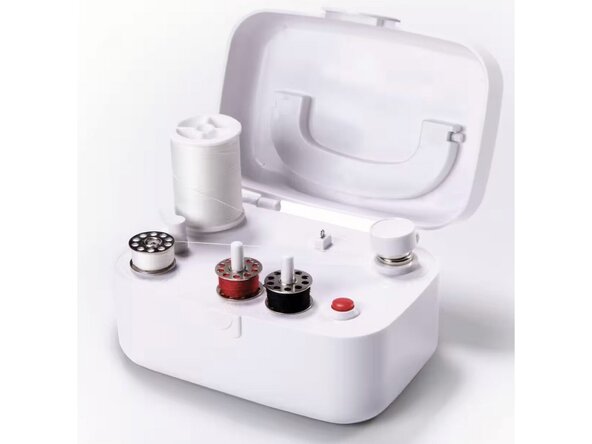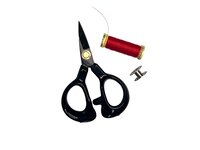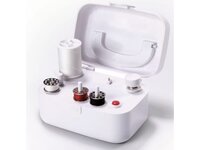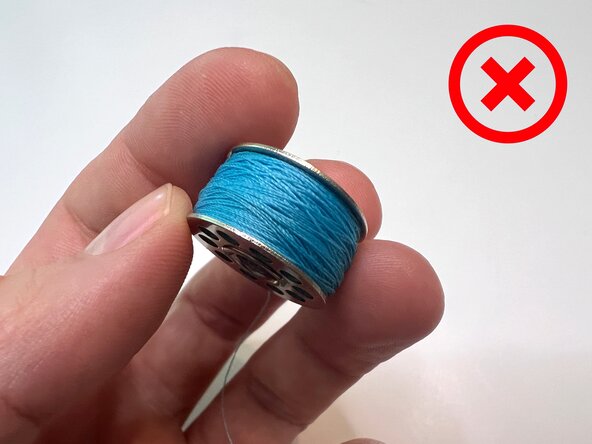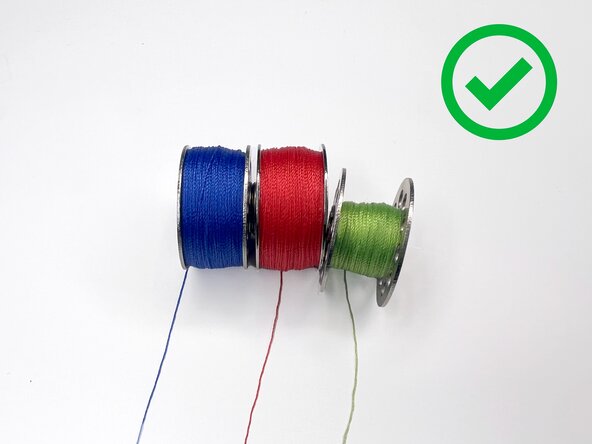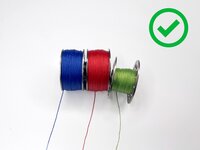crwdns2915892:0crwdne2915892:0
A bobbin is a small spool, usually made of plastic or metal, that holds the lower thread in a sewing machine. It works together with the top thread to form each stitch.
Make sure to use the proper kind of bobbin for your machine or tool.
The Patagonia® Expedition Sewing Awl uses a Class 15 bobbin to hold thread.
Follow this guide to add new thread to a bobbin using a sewing machine or a bobbin winder.
crwdns2942213:0crwdne2942213:0
-
-
You'll need:
-
A sewing machine or bobbin winder
-
An empty bobbin (compatible with your machine or tool)
-
A spool of thread
-
Your sewing machine or bobbin winder manual (optional, but helpful, especially for first-timers!)
-
-
-
Place the bobbin onto the bobbin winder pin.
-
Place the spool of thread onto the spool pin.
-
Secure the spool with a cap if your machine uses one.
-
Guide the thread through the thread path and tension discs, following your machine's manual.
-
-
-
-
Attach the thread to the bobbin:
-
If the bobbin has a hole, thread the end through it from the inside out.
-
If the bobbin doesn't have a hole, wrap the thread around the bobbin manually a few times in the direction it will spin.
-
Turn on the machine if it's not already on.
-
Engage the bobbin winder by pushing the bobbin pin to the right or pressing a knob, depending on your machine.
-
Hold the thread tail for the first few seconds, then let go once it’s secure.
-
-
-
The bobbin will spin and fill with thread.
-
Cut the thread and remove the bobbin.
-
-
-
Uniform distribution: The thread should be wound in smooth, uniform layers across the entire bobbin. There are no peaks, dips, or bunching in the middle or at the edges.
-
Firm tension: The thread should be tight and compact. Each layer lies flat and smooth without loops or tangles.
-
Proper fill level: When full, the thread shouldn't extend past the rim of the bobbin.
-
-
-
Loosely wound: A messy bobbin leads to messy sewing. The bobbin must be wound tightly and with consistent tension to function properly—this applies whether you're using a sewing machine or an Expedition Sewing Awl. Unwind the bobbin, re-thread the machine, and try again. Make sure the thread passes through all tension guides.
-
Not winding: Make sure the machine is in bobbin mode. This may involve flipping a switch or pressing a knob. On some machines, the foot pedal must be pressed to activate the winder.
-
